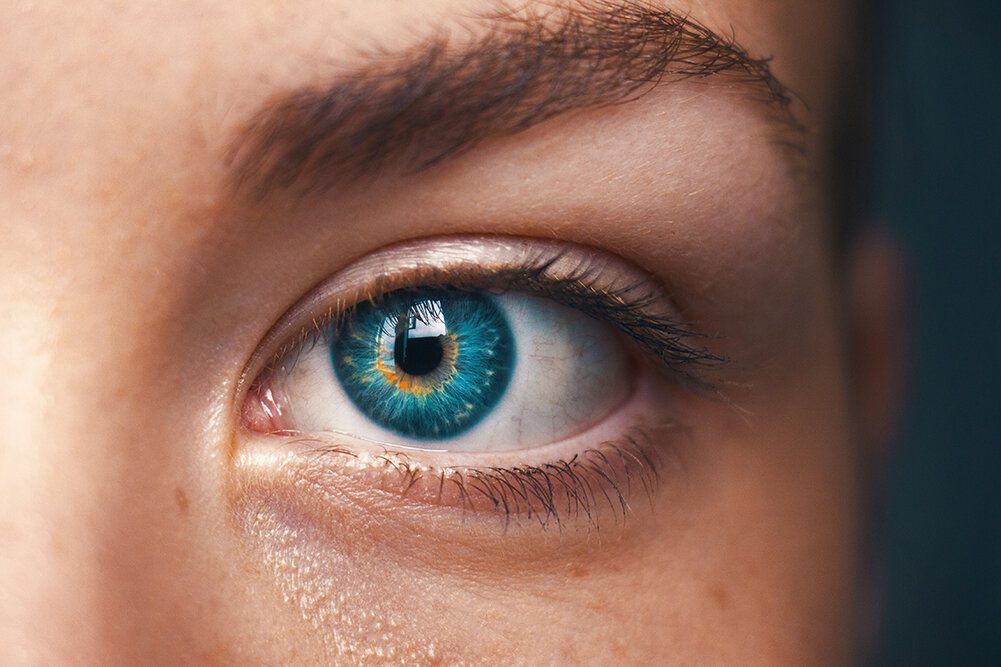
By Simon DuBois, Psychologist
Eye Movement Desensitisation and Reprocessing (EMDR) is a psychological treatment that enables people to heal from the impacts of difficult and intense life experiences. Whether it’s the impacts of an accident or abuse, EMDR can assist.
It is widely assumed that emotional pain requires a long time to heal. EMDR demonstrates that people can heal from psychological injury as quickly as the body recovers from physical injury. When you cut your hand, your body works quickly to close and heal the wound. We just have to make sure things aren’t getting in the way of that healing process.
The brain’s “information processing system” is the bodies mechanism for healing psychological and emotional wounds. If this system is blocked or kept imbalanced by the impact of a disturbing event however, the emotional wound festers and can cause intense and ongoing suffering. Using the detailed protocols in EMDR, clinicians help clients activate their natural healing processes so that these wounds can heal quickly.
There has been so much research on EMDR therapy that it’s now recognized as an effective form of psychological treatment by the American Psychiatric Association, the World Health Organization and the Department of Defence here in Australia. Over 100,000 clinicians throughout the world use the therapy and millions of people have been treated successfully over the past 25 years.
The eye movements (or other bilateral stimulation) is the unique part of the whole EMDR process. After the clinician has determined which memory to target, she asks the client to hold different aspects of that event or thought in mind and to use her eyes to track a point as it moves back and forth across her field of vision. As this happens, for reasons believed to be connected with the biological mechanisms involved in Rapid Eye Movement (REM) sleep, internal associations arise and the client begins to process the memory and disturbing feelings.
Unlike talk therapy, the insights clients gain in EMDR result not so much from clinician interpretation, but from the client’s own accelerated mental and emotional processes. The net effect is that clients a sense of growth by the very experiences that once distressed them. Their wounds have not just closed, they have transformed. As a natural outcome of EMDR, the clients’ thoughts, feelings and behaviour are all robust indicators of emotional health and resolution—all without speaking in detail or doing homework used in other therapies.
Youtube has some great clips explaining EMDR and worth a look if you’d like to know more. More importantly, if you think EMDR could assist you then please get in contact The Health Lodge on 02 6685 6445. Our psychologists Simon DuBois and Deirdre Middlehurst are trained in this psychological approach and you can book an appointment online.
*This blog features the views of the writer and is for educational purposes only. The content is not intended to be a substitute for professional medical advice, diagnosis, or treatment. Always consult your doctor or other qualified health practitioners before acting on information on this article.


